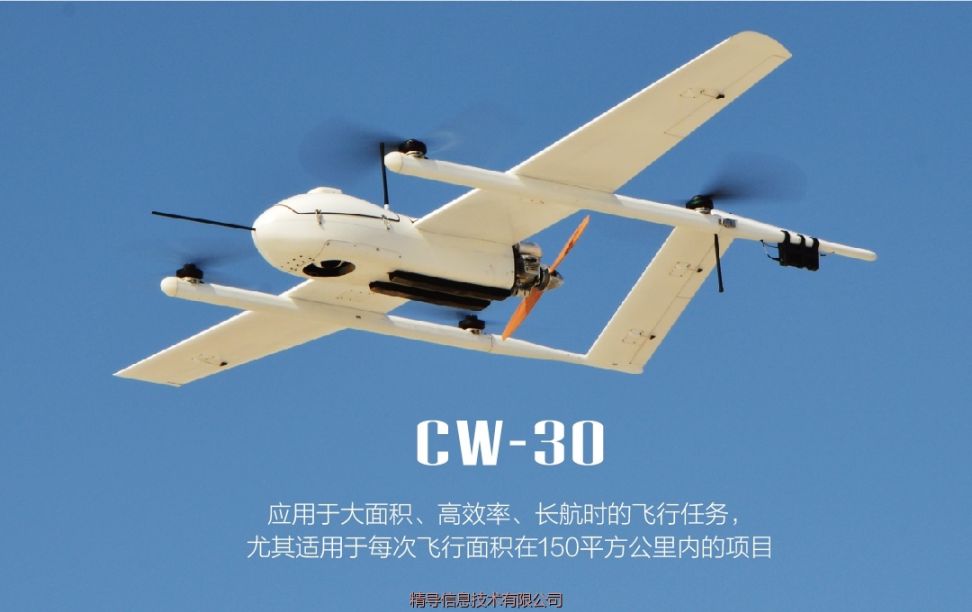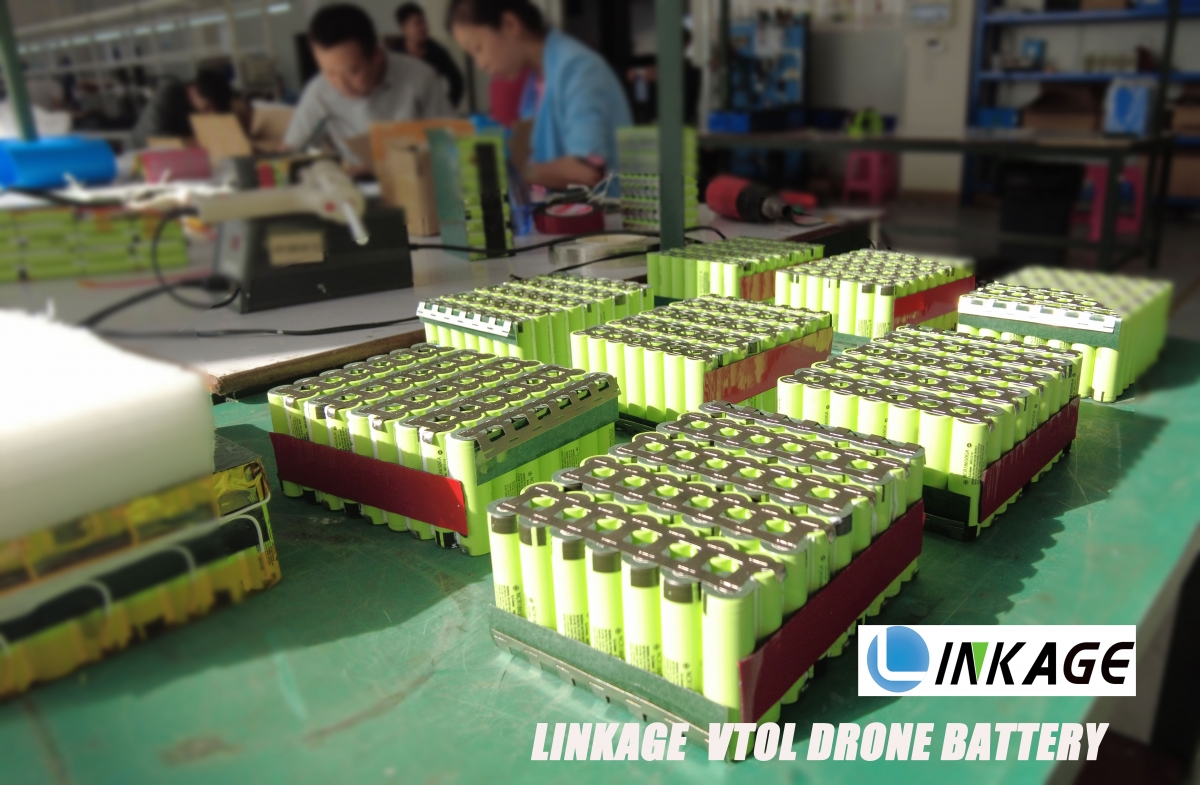- 22
- Dec
使用済み電池はどこに行きましたか?
近年、新エネルギー車の急速な発展は、徐々に市場の新しい販売力になりました。 しかし同時に、電気自動車が環境にやさしいかどうかという問題も議論の余地があります。
The most controversial one is the battery used in electric vehicles. Because it contains heavy metals, electrolytes and other chemical substances, once improperly handled, it will cause huge pollution to the environment.


そのため、多くのメーカーやサードパーティ組織がパワーバッテリーのリサイクルを積極的に推進しています。 最近、世界最大の自動車会社であるフォルクスワーゲングループが、パワーバッテリーリサイクルプログラムの開始を正式に発表しました。
フォルクスワーゲングループの計画によると、当初の計画では、毎年3,600台のバッテリーシステムをリサイクルする予定であり、これは1,500トンに相当します。 今後もリサイクル管理プロセスの継続的な最適化により、バッテリーのリサイクル需要の高まりに対応するため、工場をさらに拡張していきます。
他のバッテリーリサイクル施設とは異なり、フォルクスワーゲンは使用できなくなった古いバッテリーをリサイクルします。 リサイクルプロセスでは、高エネルギーの高炉製錬は使用しませんが、深放電、分解、電池部品の粒子への粉砕、乾式スクリーニングなどの方法を使用して、古い電池のコア部品から新しいカソード材料を作成します。
Affected by policies and regulations, the world’s major automobile companies are now actively promoting the recycling of power batteries. Among them, there are both Changan and BYD in its own brands; there are also joint venture brands such as BMW, Mercedes-Benz, and GM.
BYD is a well-deserved big brother in the field of new energy, and it has an early layout in power battery recycling. In January 2018, BYD reached a strategic cooperation with China Tower Co., Ltd., a large domestic power battery recycling company.
パワーバッテリーのリサイクルに取り組んでいるベックニューエナジーと寧徳タイムズとGEMCo。、Ltd。は、パワーバッテリーのリサイクルに関して戦略的協力を行っています。 SEG、Geely、Ningde Timesは、パワーバッテリーリサイクル事業を展開しています。
自社ブランドに加えて、BMW、メルセデスベンツ、ゼネラルモーターズ、その他の外国の自動車会社などの合弁ブランドも、サードパーティ機関と協力してパワーバッテリーのリサイクルに取り組んでいます。 BMWとボッシュ; メルセデスベンツとバッテリーリサイクル会社がLunengプロジェクトを実施し、使用済みバッテリーを使用して大規模な太陽光発電システムを構築します。
Nissan, one of Japan’s three major brands, chose to form a joint venture company 4REnergy with Sumitomo Corporation to establish a factory specializing in the reuse and reprocessing of electric vehicles. Recycled batteries that can no longer be reused can be used as energy storage equipment for commercial residences.
First of all, we need to understand what recycling is. Recycling actually refers to the multi-level rational use of waste power lithium batteries for new energy vehicles, including cascade utilization and resource regeneration.
現在市販されている電池は、主にリン酸鉄リチウムとリン酸マンガンのXNUMX種類に分けられ、主成分にはリチウム、コバルト、ニッケル、マンガンなどの重金属が含まれています。 その中で、コバルトとニッケルは「カラチョウザメ」レベルの中国の希少鉱物資源に属しており、非常に貴重です。
There are also differences between domestic and foreign countries in the way of recycling heavy metals from used batteries. The EU mainly uses pyrolysis-wet purification, crushing-pyrolysis-distillation-pyrometallurgy and other processes to extract useful metals, while domestic recycling companies usually use pyrolysis-mechanical dismantling, physical separation, and hydrometallurgical processes to treat waste batteries.
Secondly, considering the complex proportions of power batteries, different types of batteries have different recovery rates. Different types of batteries also have different recycling processes. For example, the recovery of cobalt and nickel by the fire method is better, while the recovery of the metal from the lithium iron phosphate battery by the wet method is better.
一方、使用済みバッテリーはリサイクル可能ですが、経済的メリットは高くありません。 データによると、リン酸鉄リチウム電池1トンの現在のリサイクルコストは約8,500元ですが、使用済み電池の金属を精製した後の時価は9,000〜10,000元と非常に低くなっています。
As for the ternary lithium battery, although the recycling efficiency will be relatively high, because cobalt is toxic, and improper operation is likely to cause secondary pollution or even explosion, so the requirements for equipment and personnel are relatively high, and the cost is relatively large, but it is economical. The benefit is still relatively low.
ただし、使用済みバッテリーの実際の容量損失が70%を超えることはめったにないため、これらのバッテリーは、使用済みの再利用を実現するために、ローエンドの電気自動車、電動工具、風力発電装置などの直列で使用されることがよくあります。電池。
Although the battery does not need to be completely disassembled during cascading use, due to uneven battery cells (such as Tesla NCA), there are still many problems in practical applications, such as how to recombine different battery modules. How to accurately predict battery life through indicators such as SOC.
The other is the issue of economic benefits. The cost of power batteries is generally relatively high. Therefore, if it is used in energy storage, lighting and other fields in later use, it will be a little unqualified, and sometimes even if it is not worth the loss, the cost may be higher.
結論として
電気自動車の環境保護の問題については、電気自動車が無公害であると言うのは時期尚早だと思います。 結局のところ、電気自動車は本当に汚染がないわけではありません。 パワーバッテリーの貯蔵寿命は最高の証拠です。
とはいえ、電気自動車の登場は確かに自動車汚染排出物の環境への影響を減らす上で積極的な役割を果たしており、廃電池のリサイクルの促進は電気自動車の環境保護と省エネ効果の実現を加速させています。 。
